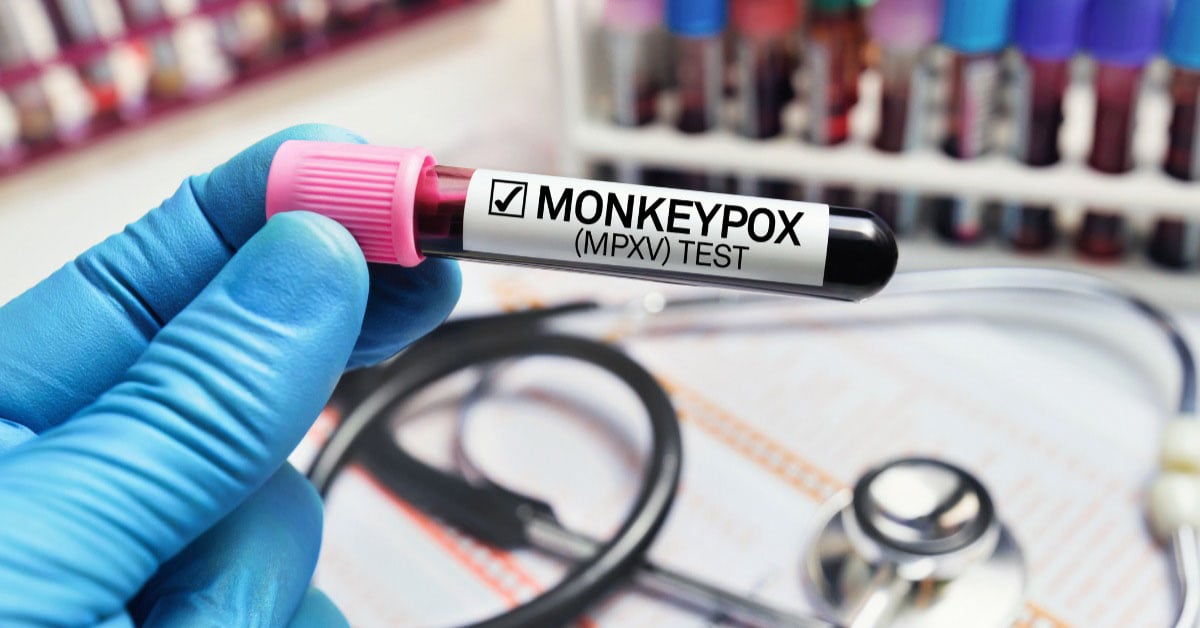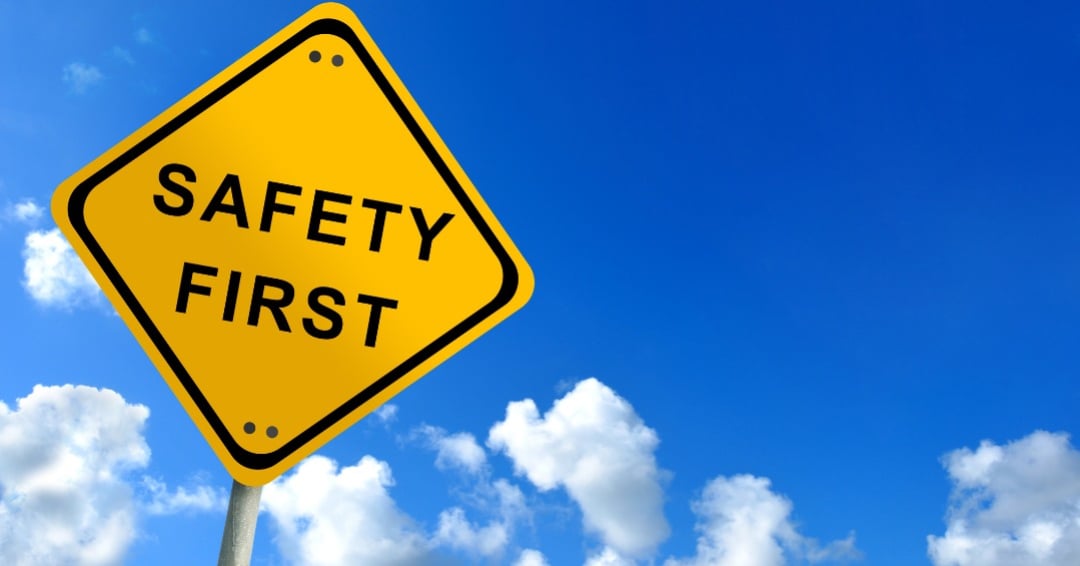OSHA Updates Guidance on Citations
The Occupational Safety & Health Administration’s (OSHA) mission is to ensure that employees work in a safe and healthful environment by setting and...

By now, many employers already have the latest viral epidemic on their radar—monkeypox. Although this new public health outbreak is considered highly contagious and spreading rapidly throughout the world, it presents as significantly less threatening than COVID-19.
Where COVID can potentially cause life-threatening health conditions, the monkeypox virus is more likely to cause an uncomfortable rash that can last for weeks. As cases of monkeypox continue to rise, many employers are wondering if and how they should address this latest global outbreak.
Before addressing monkeypox in the workplace, it’s best to understand what the virus is and how it spreads to determine if employees are at risk of workplace infection. According to the Centers for Disease Control and Prevention (CDC), the monkeypox virus is in the same family of viruses that cause smallpox, although symptoms are milder.
Symptoms of monkeypox include a rash that can be painful or itchy on intimate body parts and other areas like the hands, feet, chest, face, and mouth. Some people have flu-like symptoms (fever, chills, swollen lymph nodes, exhaustion, muscle aches, headache, and respiratory symptoms) before getting a rash, others experience the rash first, and yet others only experience a rash.
Symptoms usually start within three weeks of exposure to the virus and typically last 2-4 weeks.
A lesson learned from the COVID-19 pandemic is how important it is for employers to have a written Infectious Disease Plan (IDP) that addresses how the organization is planning for, will respond to, and recover from health events and disease outbreaks.
As part of the plan, employers are encouraged to perform hazard assessments whenever there is a health outbreak to determine employees’ level of risk. The hazard assessment should evaluate job duties and the work environment to determine the likelihood (low-medium-high) of the employee contracting the virus.
For example, machinists or office workers with limited face-to-face interactions will likely have a low risk, whereas nurses who attend to ill patients will have a high risk. Based on this risk level, employers can determine whether they need to modify job functions, introduce controls such as increased ventilation, or provide personal protective equipment (PPE).
At this time, the Occupational Safety and Health Administration (OSHA) has not issued guidance on monkeypox. However, OSHA’s General Duty Clause still applies, which states that employers must provide a safe and healthy working environment.
Employers are encouraged to monitor community infection levels as well as local and state requirements. For now, in the absence of official guidance, in addition to following the organization’s IDP and performing hazard assessments, employers can educate employees on facts about the virus to help alleviate some concerns, reiterate non-discrimination policies, and continue to take steps to prevent infection in the workplace.
Prevention steps can include encouraging frequent handwashing, cleaning and sanitizing surfaces and shared objects, wearing PPE such as masks and gloves when at higher risk, implementing job rotation or remote work options, and reminding employees not to come to work with they have illness symptoms.
Archbright will continue to monitor widespread health concerns and requirements for employers. Eligible members can find an Infectious Disease Plan Template as well as a COVID-19 Job Hazard Analysis that can be used for monkeypox in the mozzo Resource Library.
Eligible Users with questions can utilize the mozzo chat feature to contact a Safety or HR Advisor or send inquiries to the Safety Hotline or HR Hotline.

The Occupational Safety & Health Administration’s (OSHA) mission is to ensure that employees work in a safe and healthful environment by setting and...

The devastating school shooting at Uvalde, Texas, has caused many to ponder the likelihood of a mass shooting in a location where they spend time,...

Now, more than ever, Washington businesses are ‘feeling the pinch.’ Revenue margins are slimming while expectations from both internal and external...